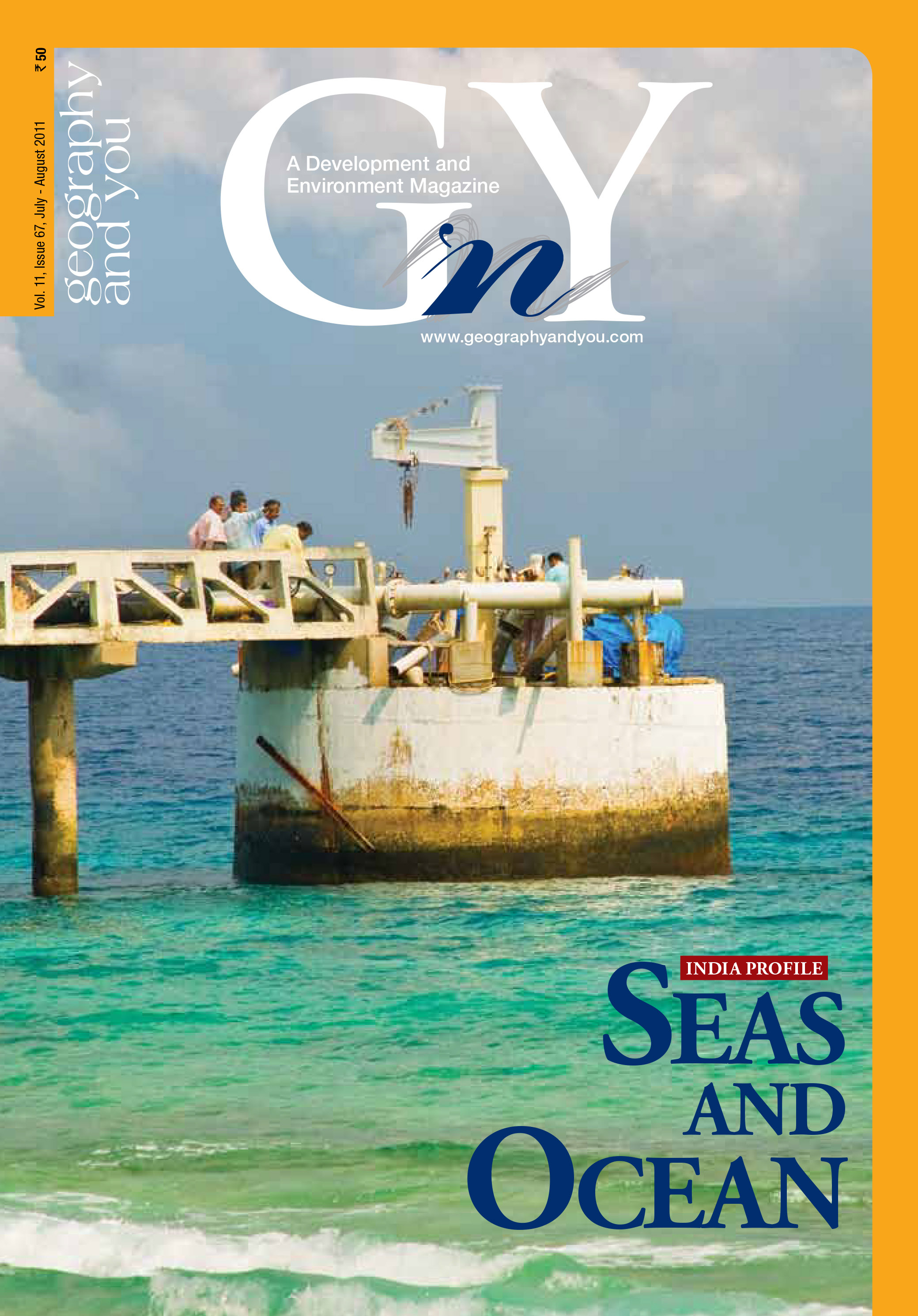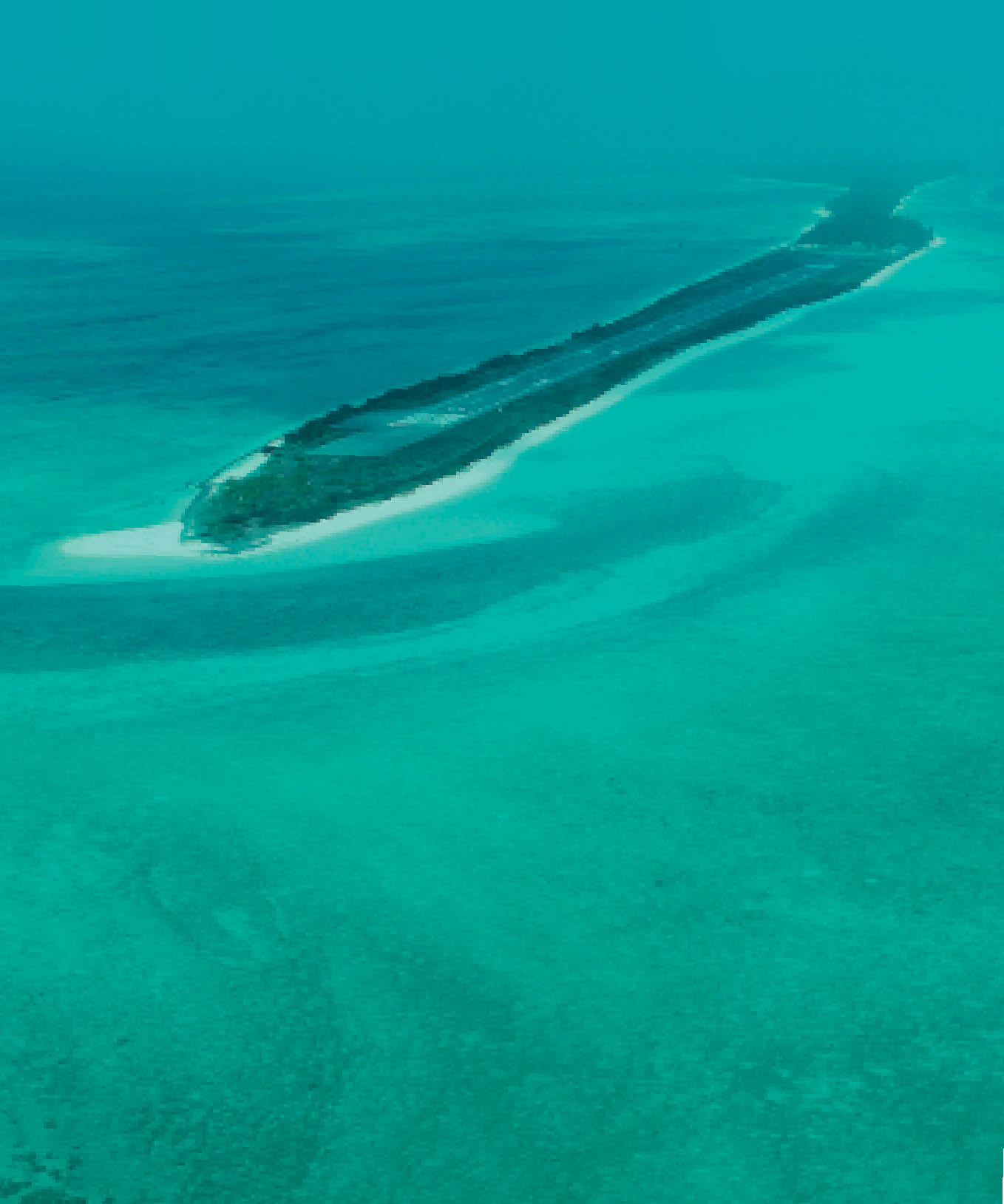
Inside this issue
Ocean Science
An Indian Perspective This article details the steps that have been taken by India to safeguard its oceanic territories as well the ocean resources as per the guidelines and specifications laid down by the International Seabed Authority (ISA) over the years.
Anoxia occurs when dissolved oxygen concentration in the water is zero, a level where most organisms cannot survive. The western Indian continental shelf which underlies the Arabian Sea becomes anoxic under certain conditions. This article delves into the phenomenon and the impact it has on the region.
Nitrogen an essential macronutrient of the oceanic ecosystem, can limit the biological production if not available in a suitable form or concentration. This article looks at the role of nitrogen in the waters of the Arabian Sea.
Different approaches have been put forward over the years to understand the pros and cons of geoengineering - to deliberately manipulate the earth’s climate in response to climate change. In the current scenario however, more research is needed to find the ‘perfect’ elusive solution.
Sea level change research has become crucial to the debate of climate change. This article attempts to identify factors that have been linked to sea level changes across the world, the change measurements and the possible consequences with special reference to the Indian Ocean.
The oceans are being looked upon as the next alternative source for metals. They are considered ‘warehouses’ for minerals - polymetallic nodules (ferromanganese nodules), phosphorites, hydrothermal sulphides, placer deposits and sand.
Coastal India
India promulgated the Coastal Regulation Zone (CRZ) notification on 15 February 1991, which was subsequently amended several times. The latest change was made on 6 January 2011. Presented here are the highlights of the 2011 Regulation.
In India, there is an urgent need to enhance the earning capacity of the people living along the coastal areas. Sea farming through large scale seaweed cultivation is being considered as an alternate and additional means of livelihood.
Climate change can have a strong impact on fisheries with far-reaching consequences for food and livelihood security of a sizeable section of the population in India.
The chief arms of the Indian Ocean are the Arabian Sea - with the Red Sea, the Gulf of Aden, and the Persian Gulf, the Bay of Bengal, and the Andaman Sea. Here is some news about the ocean and its seas.
India's Outdoors
The ash lagoons of National Thermal Power Corporation (NTPC) at Dadri have become an avian habitat frequented in winter by hordes of migratory birds of a wide variety from far off lands.
Nestled amidst the mountain ranges of Mekal, Sihava and Ramgiri and watered by numerous rivers - Mahanadi, Shivnath, Indravati, Hasdo and Kharun – Chhattisgarh owns an ancient cultural heritage that begins from the Stone Age.
In brief
The Intergovernmental Oceanographic Commission (IOC) is a United Nations organisation specialising in ocean sciences. Listed here are some of the challenges that marine science needs to focus on in the coming years according to IOC. Global average temperature will increase by 2ºC - Research shou
Dear readers, The seas, the Arabian and the Bay of Bengal, and the Indian Ocean, hold untold wealth. It is time we treated our waters with respect and elevated their position from mere all purpose dumping stations. Beginning with overfishing and invasive species to the elimination of nurseries, the

